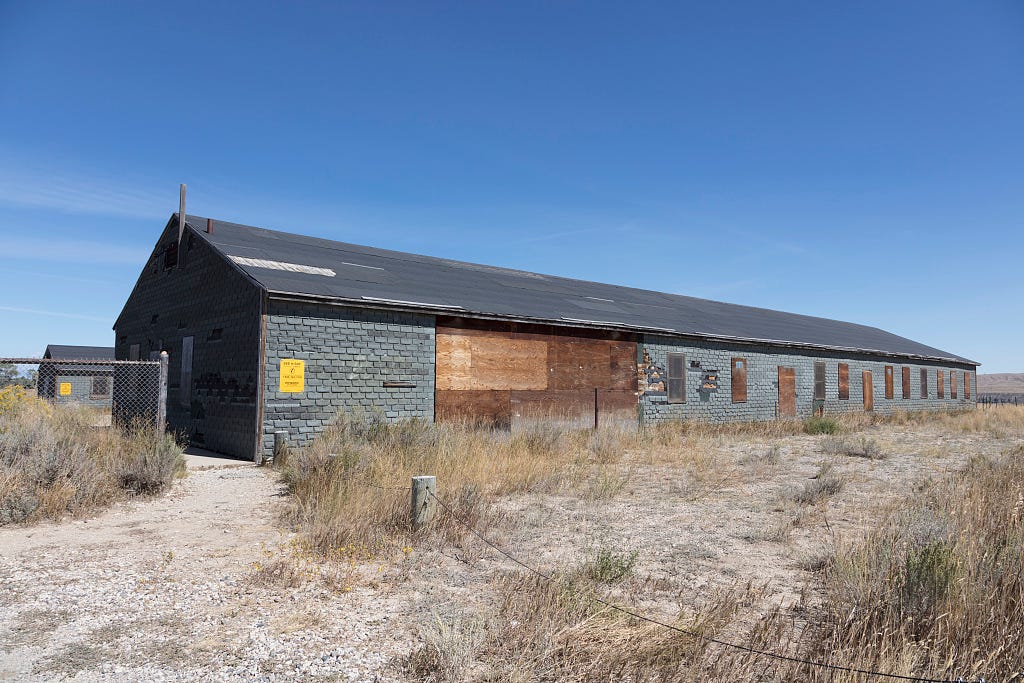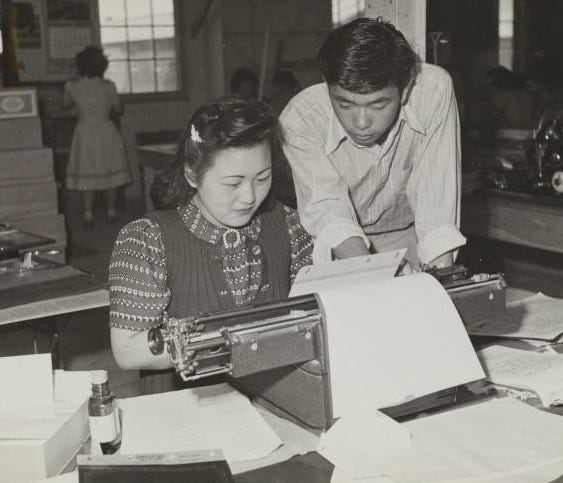Hiding in Plain Sight
A Beat poet was the first to call out Muir’s racial disdain almost 50 years ago. Nobody noticed.
The poet’s name was Albert Saijo, friend and collaborator with the well-known Jack Kerouac and Lew Welch. Saijo was a brilliant writer in his own right who conjured breath-taking metaphors like calling his lover “a girl who was at once fern, palm, and weeping willow.” An avid backcountry devotee, Saijo dove into the writings of John Muir as a fellow nature traveler. Then he detected something disturbing about the man.
The disenchantment arose when Saijo moved from savoring Muir’s wilderness prose to digging into his biography. “The more I studied it, the less I liked the man,” Saijo wrote in his 1978 essay “Me, Muir, and Sierra Nevada.” It stood out to him that Muir looked down on Native Californians as irretrievably unclean, took profitable advantage of cheap Chinese labor on his farm, and mistrusted Japanese emigrants. Plus, “his attitude toward the Black was cavalier.” Saijo realized that Muir was “without a doubt a mild racist.” And he was an elitist, “evidenced in a certain non-sympathy or faint regard for everyone except those he considered his peers.”

Muir never would have considered Saijo his peer. Born in Los Angeles in 1926 to parents from Japan, Saijo and his family were imprisoned during World War II at Wyoming’s Heart Mountain. Saijo first reported his shock and pain at America’s cold-hearted oppression of Japanese-American citizens in the concentration camp’s high school newspaper, which gave him his first taste of writing for publication.

Toward the end of the war Saijo was drafted into the segregated Japanese-American 100th Infantry Battalion, and he served overseas during the post-war occupation of Italy. Taking advantage of the GI Bill, he earned a degree at the University of Southern California and started graduate school. Then, as his interest in Zen Buddhism grew, he left academia to move to San Francisco, where he joined the Beat Generation, found friends and collaborators, and followed his call as poet and writer.
One of Saijo’s prose works is The Backpacker, a short book that portrays the alpine experience more as spiritual exploration than athletic endeavor. When he discovered a similar current in John Muir’s writings, he was hooked — at least until he picked up on the wilderness prophet’s disdain for people of color like himself.
Yet in time Saijo came back to Muir. It happened in a Yosemite Valley visitor center when he came upon an exhibit of Muir’s drawings. One sketch of a Sierra landscape drew Saijo in:
The drawing had the wonderfully direct and authentic feel of his best work. The sensitive line and the natural sense of what a picture should be. I stood by the drawing and gazed at it for a while and as I did I could feel the love I’d had for the man return.
All was forgiven, even the “mild” racism and snarky elitism. By the end of the very essay in which he named Muir’s racism, Saijo had let the wilderness prophet off the hook and returned to the scriptural worship of his writings:
Muir met mountains and gave self to mountains. It was a case of total response and total engagement. It was religion no less.
As far as my research shows, Saijo was the first to name Muir’s racism and elitism, 46 years before Cast out of Eden came out. Remarkably, throughout that long meantime practically no one paid attention to his essay, perhaps because Saijo was a poet and neither scholar nor journalist. I became aware of the essay only because Lincoln Cushing, a Facebook friend and archivist whose work history overlapped with my own, discovered it during a work assignment and called it to my attention. Thank you, Lincoln!
Saijo’s forgiving shift from race to nature concerns more than he himself. It also speaks to how American thought and art separate social justice from the wild and place each in its own hermetically sealed, disconnected realm. Now we talk justice, then we talk the wild, never at the same time or in the same space. Martin Luther King is here, John Muir over there, and never will the two walk hand in hand.
That’s the way it has long been. And it’s so wrong.
Up next: Now more than ever the national parks need DEI. But they won’t get it.
Still in print
Saijo’s “Me, Muir, and Sierra Nevada” remains well worth reading, for both its insight into Muir and its luminous prose. You’ll find it in Reinhabiting a Separate Country: A Bioregional Anthology of Northern California, edited by environmentalist Peter Berg and published by the Planet Drum Foundation, which Berg founded. It’s available for purchase here and on loan through various California public libraries.



Excellent. Something about the Beat Generation's worldview and disillusionment really speaks to the zeitgeist of the moment today.